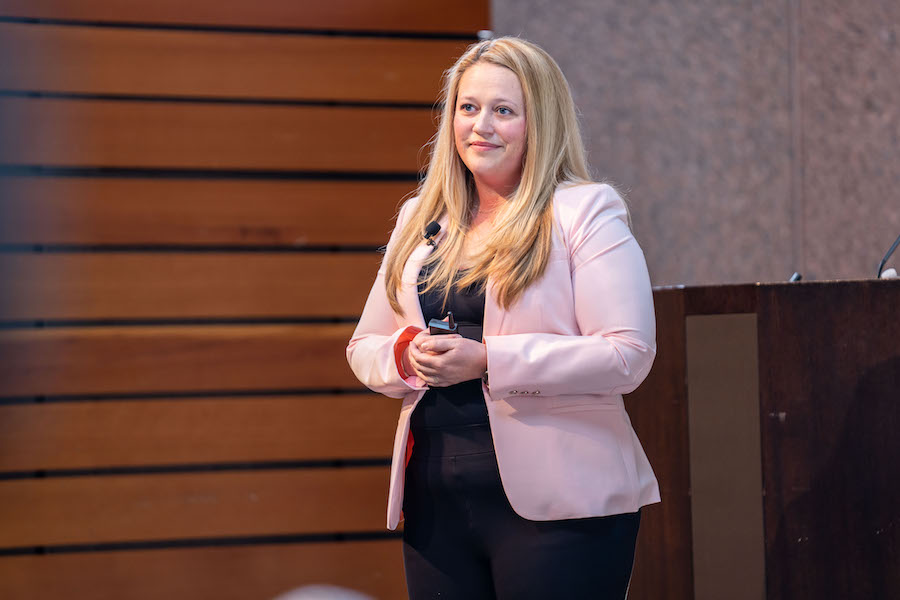Changes to Employee Benefits in an Uncertain Economy: 2023 Priorities for HR Leaders


Employee benefits are a crucial ingredient in attracting and retaining workers. But the area of benefits is a shifting one. What are the benefits that employees want, and that employers can afford?
That was the theme of a thought leadership spotlight session by Jess Marble the director of growth marketing for Care for Business, a care solutions provider based in Massachusetts, during From Day One's Minneapolis conference. Marble’s presentation, titled, “Changes to Employee Benefits in an Uncertain Economy 2023: Priorities for HR Leaders” took a look at how human-resources executives are trying to optimize benefit spending with an eye on workforce productivity and retention.
“It’s an evolving narrative,” said Marble. “Our research shows that 47 percent of employers are trimming benefits. We’re all being a little conservative.”
In fact, employers’ concerns about productivity often outweigh their desire to keep workers, according to Care for Business’s research.
What are employers getting rid of? Thirty-five percent say adoption and fertility benefits are first on the chopping block, followed by commuter benefits and financial education/wellness resources. What’s being most widely preserved are benefits aimed at workers with kids or parents who need care.
“Seventy-three percent of the workforce are the primary caregiver for a child or an adult,” said Marble. “Since 2020, 16,000 child care centers have shut down. So even during times when our budgets are tight, when we’re asking employees to come to work and be more productive with fewer resources, we need to prioritize child and senior care as a way to keep those workers.”

The burden of employees who pull double, sometimes triple duty as caregivers is imposing. A quarter of parents struggle to find daycare, and about one in six cares for an aging loved one. Not surprisingly, when asked which one benefit they would insist on keeping, 22 percent of workers choose senior care services.
“Employees don’t identify as senior caregivers until it’s too late,” said Marble. “Employers lose between $17 billion and $33 billion each year due to absenteeism and turnover related to that issue. Senior care is consuming the minds of your workforce.”
As is often the case, that burden falls to female employees. According to the McKinsey Global Institute, employers face potential losses of $840 billion in economic output due to diminished workforce participation of women.
How best to walk the line between productivity and retention? An important first step is to survey employees about benefits. Second, advocate for care, and then take your data and use it to shop for the right benefits and their providers.
“Don’t ask [employees] what benefits they want,” said Marble. “Ask them what’s keeping them awake at night and go from there.”
A frequently overlooked ingredient in benefits packages is proximity, she added.
“Provide options that are where they are,” Marble said. “If they have to drive 45 minutes to see a provider, odds are they aren’t coming to work that day.
“I am passionate about the mission of making sure that every single one of your employees has child and senior care benefits, because it is the only way that we are going to keep women in the workforce,” she added. “It’s the only way that we are going to bring our economy back to a healthy place.”
Editor's note: From Day One thanks our partner, Care for Business, for sponsoring this thought leadership spotlight.
Dan Heilman is a Minneapolis-based journalist.
The From Day One Newsletter is a monthly roundup of articles, features, and editorials on innovative ways for companies to forge stronger relationships with their employees, customers, and communities.